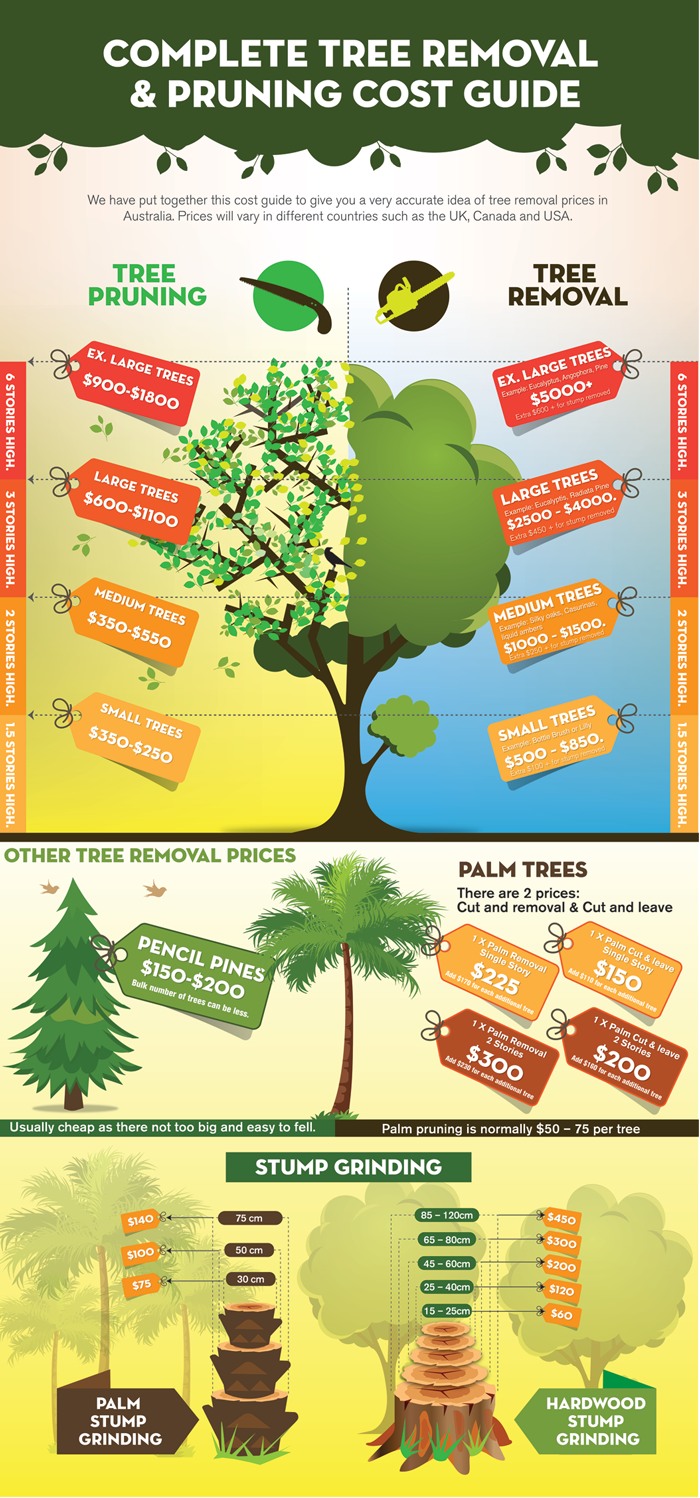When it comes to seasonal tree treatment, making certain proper administration prior to and after removal can dramatically impact the health and aesthetics of your landscape. By comprehending the necessary steps associated with examining tree wellness and preparing for removal, you can proactively protect your residential property. Yet what regarding the important methods to adhere to as soon as the tree is gone? Stay tuned to find the crucial post-removal care measures that will help you cultivate a growing and lasting setting for your trees.
Pre-Removal Tree Treatment
Prior to resolving the elimination of a tree, it's essential to prioritize pre-removal tree treatment. Beginning by examining the tree's health and wellness and architectural stability. Search for indications of disease, pest invasions, or any kind of structural problems that might position a safety and security threat throughout removal. It's necessary to consult with a qualified arborist to establish the very best course of action.
Pruning certified arborist tree service or diseased branches can avoid more damages to the tree and make certain a smoother elimination procedure.
Furthermore, take into consideration the environmental influence of removing the tree. Trees play a vital duty in our community, so growing a new tree in a suitable location can aid counter any loss. Make certain that you have the necessary permits and approvals for tree removal, particularly if the tree is protected by local laws.
Seasonal Upkeep Tips
Analyzing your tree's requirements throughout the year is vital for its health and durability. To keep your trees in top condition, adhere to these seasonal maintenance pointers.
In spring, concentrate on trimming to get rid of dead or broken branches and urge new development.
Summertime requires regular watering, specifically during dry spells, to ensure your tree stays hydrated.
As fall methods, keep an eye out for early signs of condition or tension, and take into consideration applying mulch to safeguard the roots during winter season.
In winter, be cautious when removing snow from branches to prevent breakage, and remain to monitor your tree's total wellness.
Bear in mind to adjust your treatment regular based upon the details demands of your tree species and local environment. By staying alert and proactive throughout the seasons, you can help your trees grow and thrive for many years to come.
Post-Removal Tree Care
To guarantee the health of your landscape even after tree removal, correct post-removal treatment is vital. After a tree is removed, it's essential to load the continuing to be opening with topsoil and small it to stop settling. This will certainly help preserve the integrity of the ground and stop potential threats in the future.
Take into consideration planting new vegetation instead of the removed tree to restore the equilibrium and aesthetic appeals of your landscape. On a regular basis water the location to promote the development of new plants and stop dirt erosion.
Evaluate the bordering trees for any kind of indications of disease or stress and anxiety that might have been caused by the gotten rid of tree. Watch out for parasites that may've been brought in to the previous tree and take safety nets to secure the staying vegetation.
If web link , speak with an expert arborist to analyze the effect of the removal on the bordering trees and figure out any type of additional care required. By adhering to these post-removal treatment steps, you can make certain the ongoing health and elegance of your landscape.
Final thought
In conclusion, proactive seasonal tree care is essential for maintaining the wellness and equilibrium of your landscape. By examining tree health, trimming, and talking to an arborist before removal, you can make certain a secure process. After removal, filling the hole, planting new plants, and normal watering will certainly promote new growth and stop disintegration. Bear in mind to inspect surrounding trees for illness and seek further treatment actions from an arborist to keep your landscape growing.
